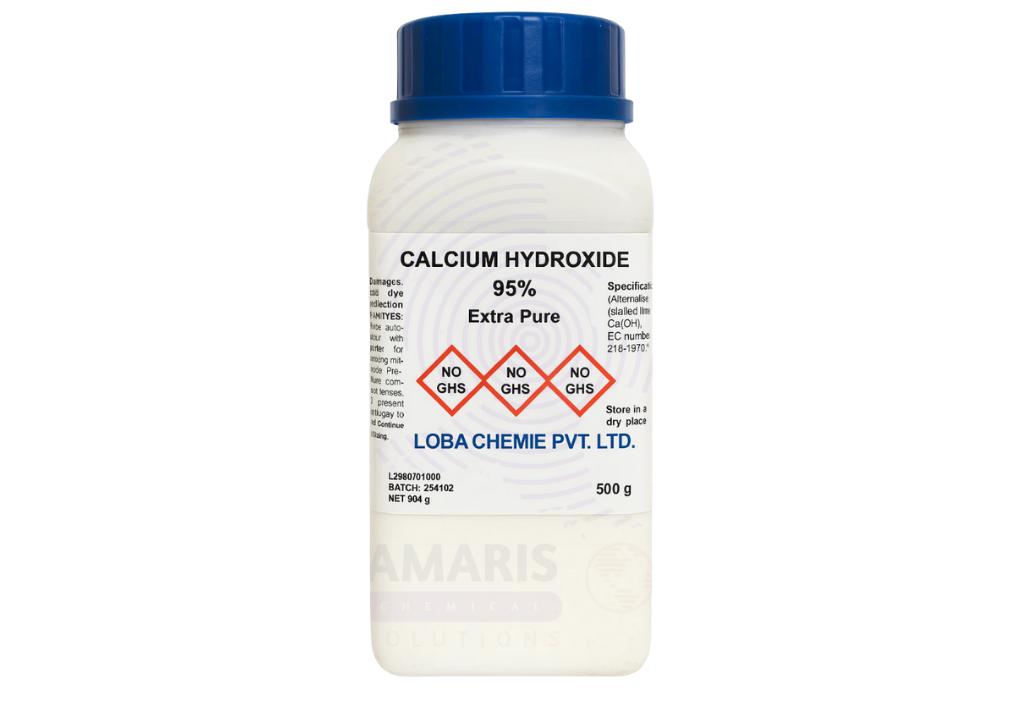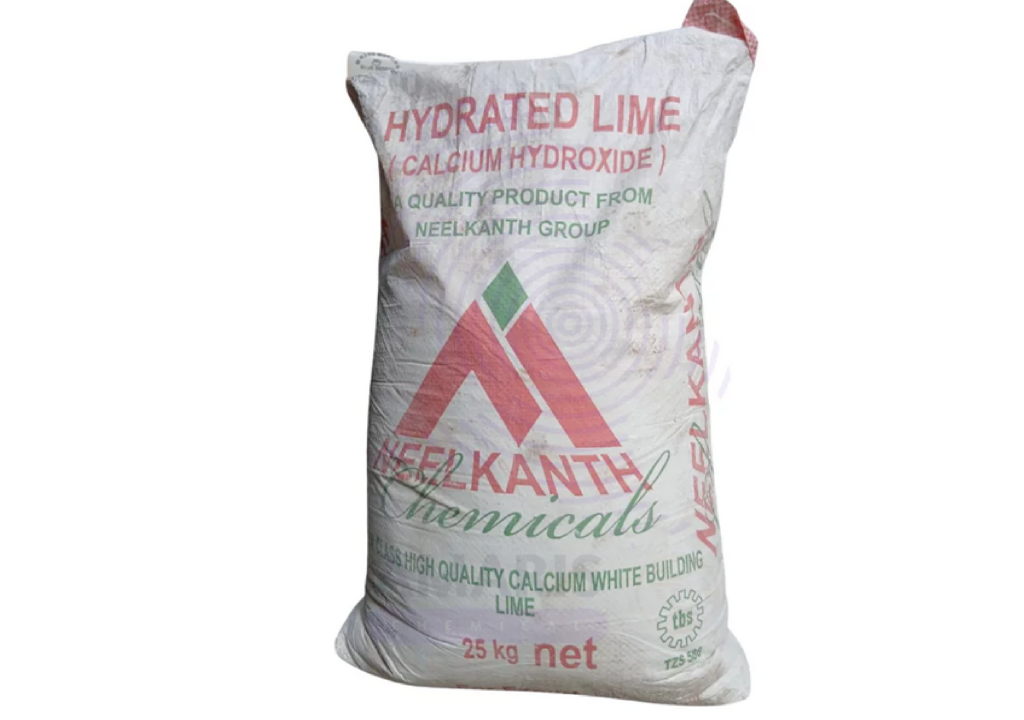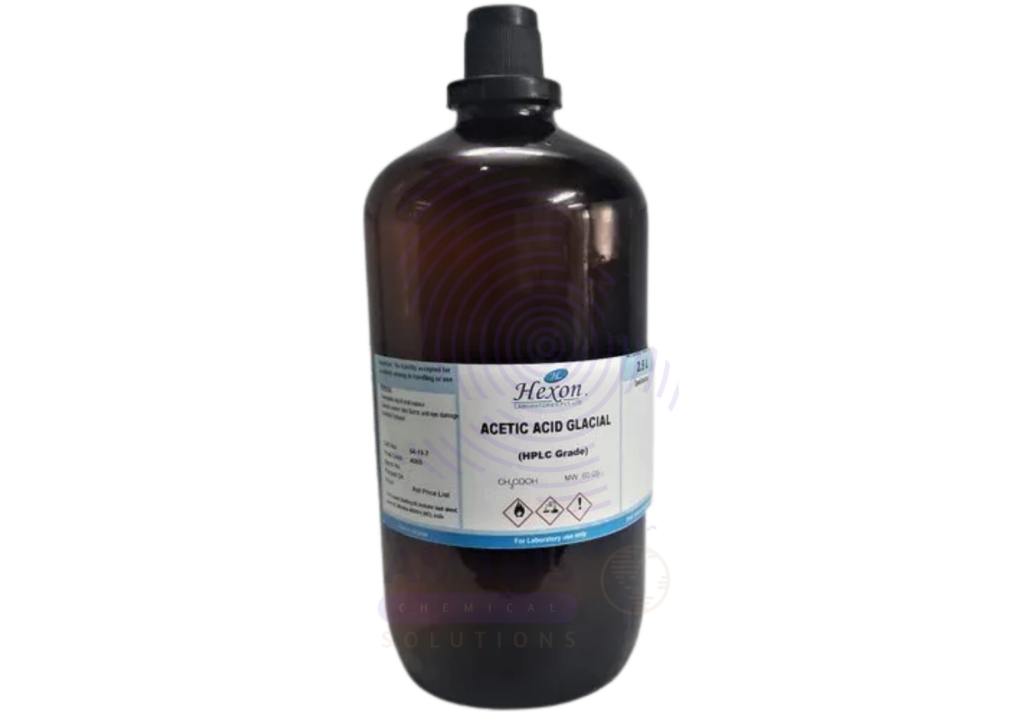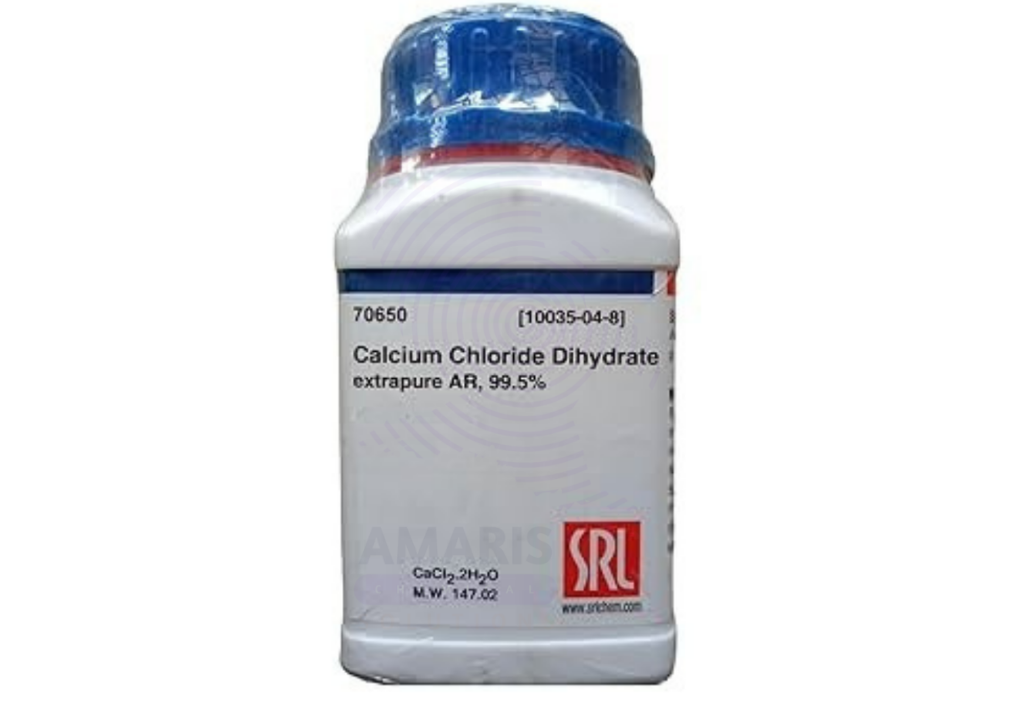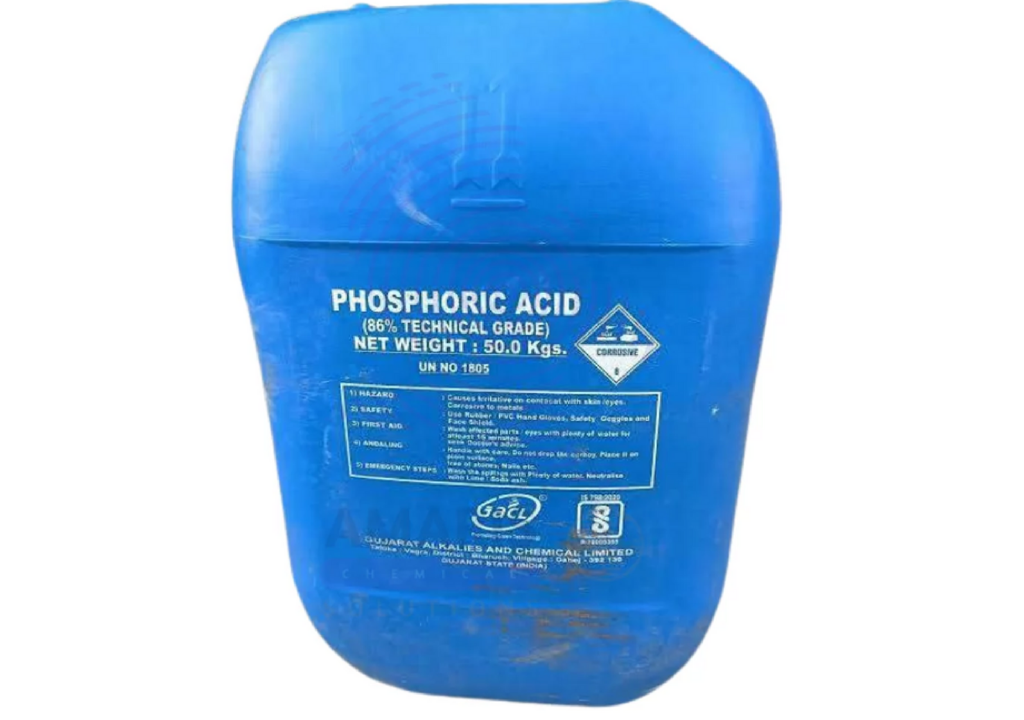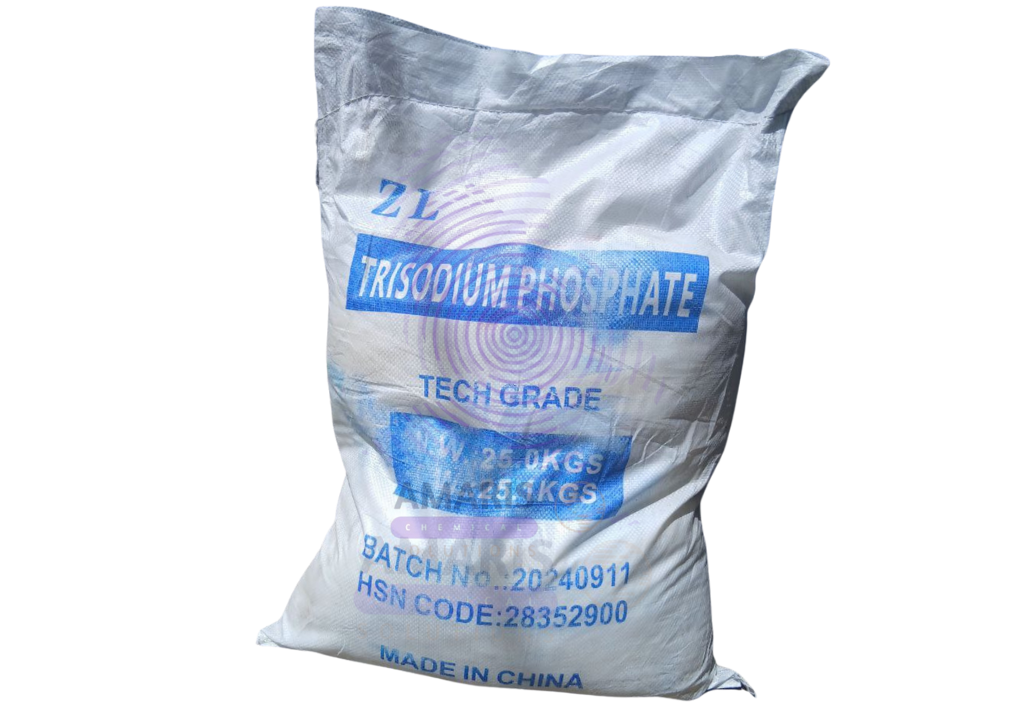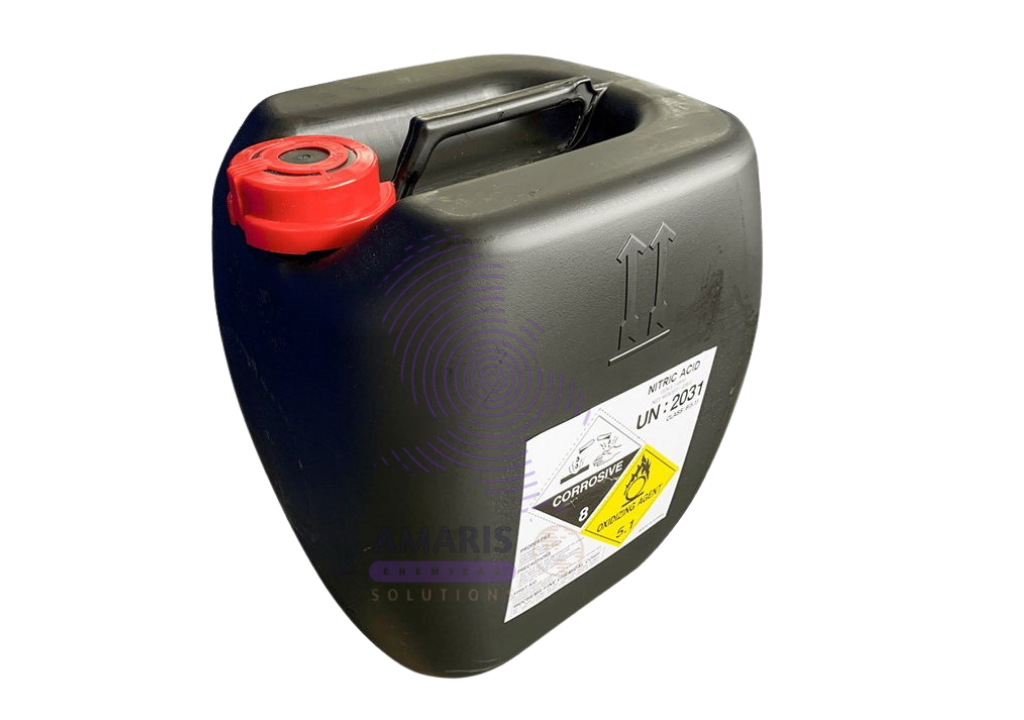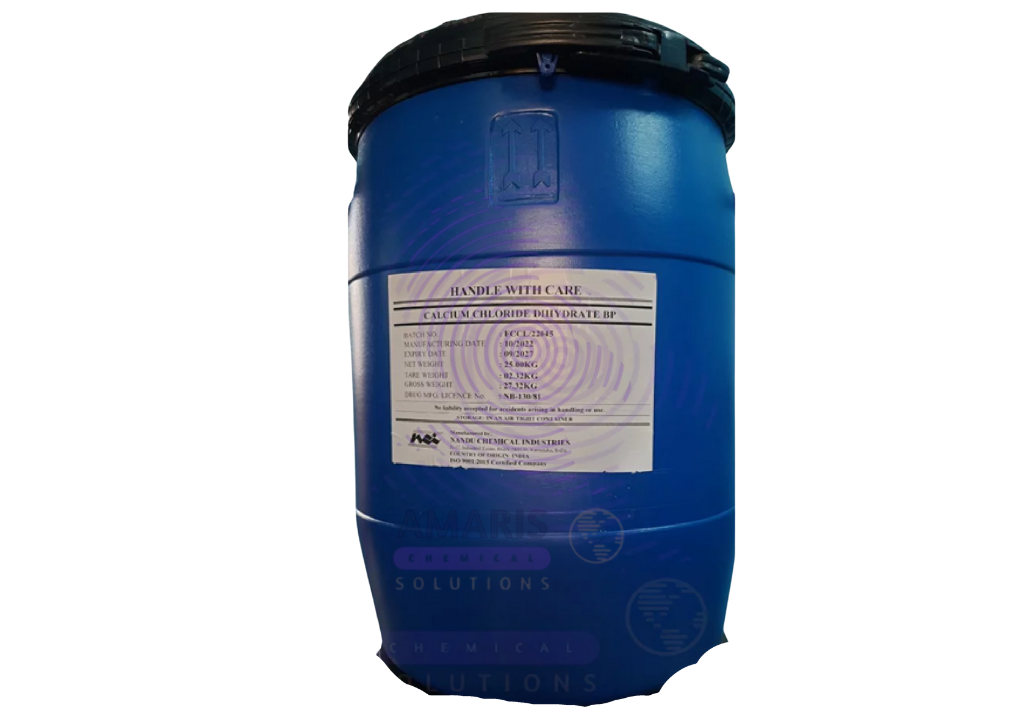Alum Powder: A Versatile Astringent, Clarifier, And Preservative Agent
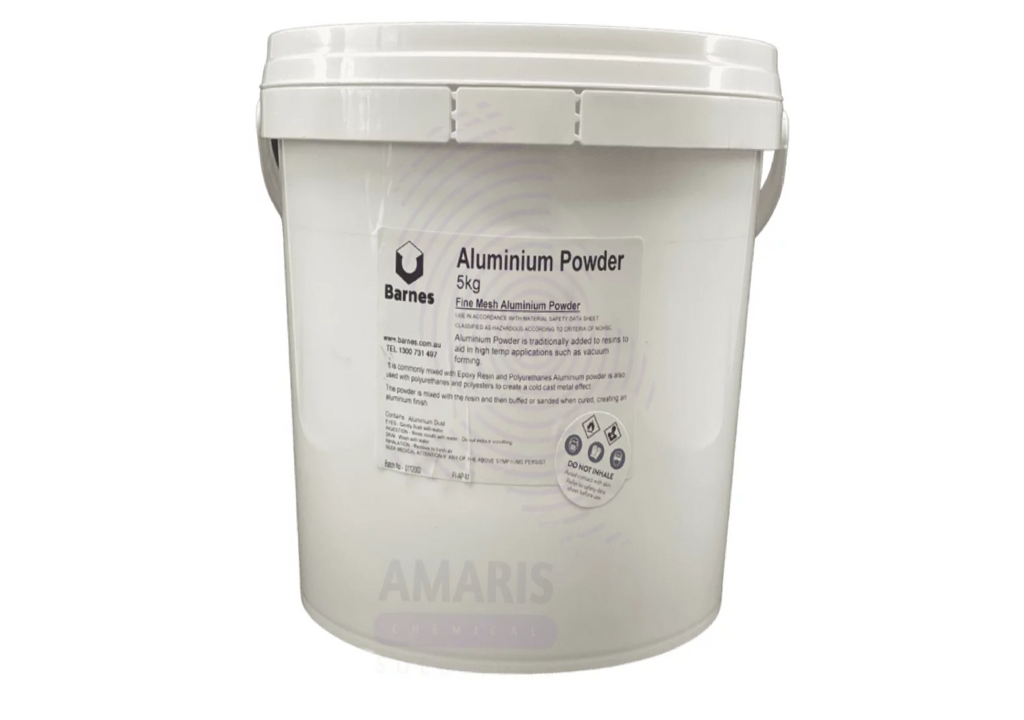
Alum Powder, also known as aluminum potassium sulfate, is a white crystalline powder widely used across industries for its astringent, coagulating, and purifying properties. Naturally occurring or synthetically produced, alum has held a valuable place in human applications for centuries, from ancient textile dyeing to modern water purification.
At Amaris Chemical Solutions, we provide high-purity Alum Powder suitable for laboratory, industrial, and food-grade uses.
🔍 What is Alum Powder?
Alum Powder typically refers to potassium aluminum sulfate dodecahydrate (KAl(SO₄)₂·12H₂O). It is a double salt formed from aluminum sulfate and potassium sulfate, often used in crystalline or ground powder form.
This chemical is appreciated for its ability to:
- Coagulate suspended particles
- Act as a pH stabilizer
- Function as a mild antiseptic
- Serve as a mordant in textile dyeing
⚗️ Key Applications of Alum Powder
1. Water Treatment & Purification
Alum Powder is one of the most commonly used coagulants in municipal and industrial water treatment. It works by:
- Clumping fine particles and colloids
- Settling suspended solids
- Improving water clarity
It’s also effective in wastewater treatment and is often preferred for its cost-efficiency and non-toxic profile.
2. Food Industry Applications
As a food additive (INS 522), Alum Powder is used in:
- Pickling to maintain crispness
- Baking powders as a leavening acid
- Bleaching flour (in regulated amounts)
Though safe in small quantities, excessive use should be avoided in food processing due to its aluminum content.
3. Textile & Dyeing Industry
Alum Powder is a powerful mordant, enabling dyes to bind more effectively to natural fibers such as:
- Cotton
- Wool
- Silk
It enhances color fastness and allows for vivid, long-lasting hues in fabric dyeing.
4. Cosmetic & Personal Care
Due to its astringent and antibacterial properties, Alum Powder is used in:
- Aftershaves
- Deodorant stones
- Facial masks
- Wound treatment powders
It tightens skin, shrinks pores, and helps reduce minor bleeding from cuts.
5. Laboratory & Educational Use
In the lab, Alum Powder is utilized for:
- Crystallization experiments
- Demonstrating ionic compounds
- Studying coagulant mechanisms
It is a preferred compound in school and university-level chemistry and materials science demonstrations.
📋 Chemical & Physical Properties
- Chemical Formula: KAl(SO₄)₂·12H₂O
- Molecular Weight: ~474.39 g/mol
- Appearance: Fine white powder or colorless crystals
- Solubility: Soluble in water, insoluble in alcohol
- pH (1% solution): ~3–4 (acidic)
- Stability: Stable under recommended storage conditions
⚠️ Safety, Handling & Storage
Precautionary Measures:
- Wear protective gloves, goggles, and dust mask when handling large quantities
- Avoid inhalation of dust; work in well-ventilated areas
- Store in a cool, dry, and tightly sealed container
- Keep away from strong acids or bases
First Aid:
- Skin contact: Wash with water
- Eye contact: Flush with plenty of water for 15 minutes
- Ingestion: Rinse mouth; seek medical attention if large amounts are ingested
Alum Powder is generally safe for routine use but should be handled with care in industrial settings.
✅ Why Choose Alum Powder from Amaris Chemical Solutions
- Consistent purity and particle size
- Available in food-grade, industrial-grade, and lab-grade
- Multiple packaging options
- Expert support for your application needs
We ensure that each batch meets stringent quality standards, supporting clients across industries from water authorities to food processors to researchers.


 Preservatives(food)
Preservatives(food) Flavor Enhancers
Flavor Enhancers Acidulants
Acidulants Sweeteners
Sweeteners Antioxidants
Antioxidants Colorants(food)
Colorants(food) Nutraceutical Ingredients (food)
Nutraceutical Ingredients (food) Nutrient Supplements
Nutrient Supplements Emulsifiers
Emulsifiers
 Collectors
Collectors Dust Suppressants
Dust Suppressants Explosives and Blasting Agents
Explosives and Blasting Agents Flocculants and Coagulants
Flocculants and Coagulants Frothers
Frothers Leaching Agents
Leaching Agents pH Modifiers
pH Modifiers Precious Metal Extraction Agents
Precious Metal Extraction Agents
 Antioxidants(plastic)
Antioxidants(plastic) Colorants (Pigments, Dyes)
Colorants (Pigments, Dyes) Fillers and Reinforcements
Fillers and Reinforcements Flame Retardants
Flame Retardants Monomers
Monomers Plasticizers
Plasticizers Polymerization Initiators
Polymerization Initiators Stabilizers (UV, Heat)
Stabilizers (UV, Heat)
 Antifoaming Agents
Antifoaming Agents Chelating Agents
Chelating Agents Coagulants and Flocculants
Coagulants and Flocculants Corrosion Inhibitors
Corrosion Inhibitors Disinfectants and Biocides
Disinfectants and Biocides Oxidizing Agents
Oxidizing Agents pH Adjusters
pH Adjusters Scale Inhibitors( water)
Scale Inhibitors( water)
 Antioxidants(cosmetic)
Antioxidants(cosmetic) Emollients
Emollients Fragrances and Essential Oils
Fragrances and Essential Oils Humectants
Humectants Preservatives
Preservatives Surfactants(cosmetic)
Surfactants(cosmetic) Thickeners
Thickeners UV Filters
UV Filters
 Fertilizers
Fertilizers Soil Conditioners
Soil Conditioners Plant Growth Regulators
Plant Growth Regulators Animal Feed Additives
Animal Feed Additives Biostimulants
Biostimulants Pesticides (Herbicides, Insecticides, Fungicides)
Pesticides (Herbicides, Insecticides, Fungicides)
 Active Pharmaceutical Ingredients (APIs)
Active Pharmaceutical Ingredients (APIs) Excipients
Excipients Solvents(pharmaceutical)
Solvents(pharmaceutical) Antibiotics
Antibiotics Antiseptics and Disinfectants
Antiseptics and Disinfectants Vaccine Adjuvants
Vaccine Adjuvants Nutraceutical Ingredients (pharmaceutical)
Nutraceutical Ingredients (pharmaceutical) Analgesics & Antipyretics
Analgesics & Antipyretics
 Analytical Reagents
Analytical Reagents Solvents(lab)
Solvents(lab) Chromatography Chemicals
Chromatography Chemicals Spectroscopy Reagents
Spectroscopy Reagents microbiology-and-cell-culture-reagents
microbiology-and-cell-culture-reagents Molecular Biology Reagents
Molecular Biology Reagents Biochemical Reagents
Biochemical Reagents Inorganic and Organic Standards
Inorganic and Organic Standards Laboratory Safety Chemicals
Laboratory Safety Chemicals Specialty Laboratory Chemicals(Special Laboratory Equipment)
Specialty Laboratory Chemicals(Special Laboratory Equipment)
 Demulsifiers
Demulsifiers Hydraulic Fracturing Fluids
Hydraulic Fracturing Fluids Scale Inhibitors(oil)
Scale Inhibitors(oil) Surfactants(oil)
Surfactants(oil) Drilling Fluids
Drilling Fluids
 Dyes and Pigments
Dyes and Pigments Bleaching Agents
Bleaching Agents Softening Agents
Softening Agents Finishing Agents
Finishing Agents Antistatic Agents
Antistatic Agents
 Admixtures
Admixtures Waterproofing Agents
Waterproofing Agents Sealants and Adhesives
Sealants and Adhesives Curing Compounds
Curing Compounds Concrete Repair Chemicals
Concrete Repair Chemicals Anti-Corrosion Coatings
Anti-Corrosion Coatings
 Surfactants(cleaning)
Surfactants(cleaning) Builders
Builders Enzymes
Enzymes Solvents (Cleaning)
Solvents (Cleaning) Fragrances
Fragrances
 Electronic Chemicals
Electronic Chemicals Catalysts
Catalysts Lubricants
Lubricants Photographic Chemicals
Photographic Chemicals Refrigerants
Refrigerants Automotive chemicals
Automotive chemicals Pyrotechnic Chemicals
Pyrotechnic Chemicals
 Biodegradable Surfactants
Biodegradable Surfactants Bio-based Solvents
Bio-based Solvents Renewable Polymers
Renewable Polymers Carbon Capture Chemicals
Carbon Capture Chemicals Wastewater Treatment Chemicals
Wastewater Treatment Chemicals
 Pigments
Pigments Solvents(paint)
Solvents(paint) Specialty Coatings
Specialty Coatings Binders/Resins
Binders/Resins Additives
Additives Driers
Driers Anti-Corrosion Agents
Anti-Corrosion Agents Functional Coatings
Functional Coatings Application-Specific Coatings
Application-Specific Coatings
 Fresh Herbs
Fresh Herbs Ground Spices
Ground Spices Whole Spices
Whole Spices Spice Blends
Spice Blends Dried Herbs
Dried Herbs
 Leavening Agents
Leavening Agents Dough Conditioners
Dough Conditioners Flour Treatments
Flour Treatments Fat Replacers
Fat Replacers Decoratives
Decoratives Preservatives(baking)
Preservatives(baking)
 Plasticizers & Softeners
Plasticizers & Softeners Reinforcing Agents
Reinforcing Agents Adhesion Promoters
Adhesion Promoters Vulcanizing Agents
Vulcanizing Agents Antidegradants
Antidegradants Blowing Agents
Blowing Agents Fillers & Extenders
Fillers & Extenders Accelerators & Retarders
Accelerators & Retarders
